Through our Alternative Travel Index, we spot the best destinations for Ecotourism and Active Travel. These countries are blessed with abundant natural wonders, but also strive to preserve them for future generations.
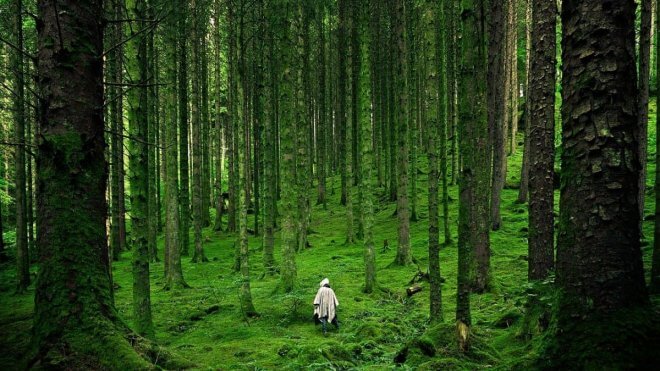
Compared to the other countries we’re covering, the top 10 eco destinations excel in 2 areas: number of World Heritage natural sites and performance on higher priority environmental issues, such as sustainably manage the natural resources, take action to combat climate change, and ensure healthy lives for all. For further information on the parameters being used, please refer to this page.
#1 Australia
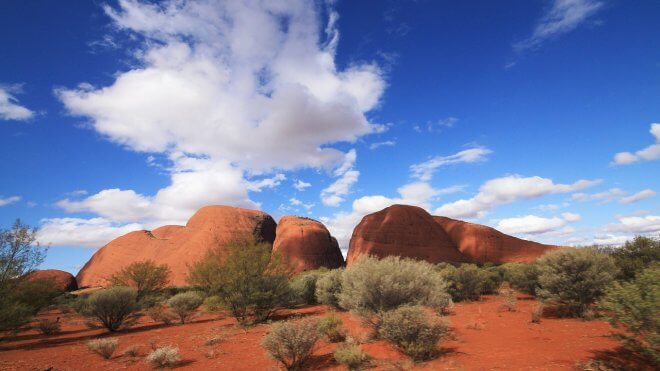
Natural wonders of Australia: the Blue Mountains, an area that includes three national parks and 140 km of hiking trails; Fraser Island, the largest sand island in the world, with over 100 freshwater lakes and ancient rainforests; Kakadu National Park, which boasts a huge diversity of plants and animals.
Australia is well-known for its wide open spaces, which offer a great variety of landscapes. It ranks 13th for environment protection in the 2016 EPI and has more than 10,000 protected areas and 16 World Heritage natural sites.
Best time to go: Mar-May and Sep-Nov
For more details, have a look at our Australia Travel Guide.
#2 Canada
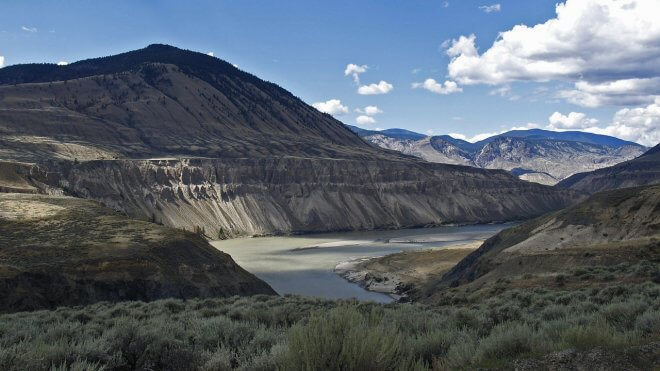
Natural wonders of Canada: Riding Mountain National Park, a wilderness oasis with a great variety of plant and animal species; Terra Nova, where the sheltered Atlantic fjords stretch inland to touch the typical boreal landscape; the Province of Alberta, that includes some of the most diverse terrains in North America.
Canada’s vast, untouched territory is largely dominated by forest and tundra. It ranks 25th for environment protection in the 2016 EPI and has 146 protected areas, 46 national parks and reserves, and 10 World Heritage natural sites.
Best time to go: May-Oct
For more details, have a look at our Canada Travel Guide.
#3 Finland
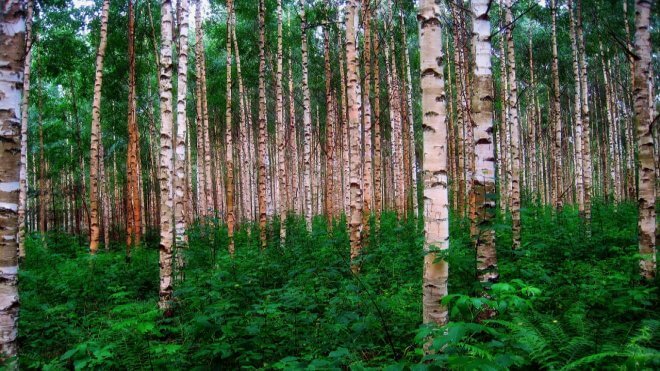
Natural wonders of Finland: the Kvarken Archipelago, a place of authentic geological value which includes about 6,550 islands; Finnish Lakeland, with a lovely landscape marked by drumlins and long sinuous eskers; Koli National Park, 3,000 hectares of forested hills that inspired painters and composers.
Finland’s varied natural scene includes huge desolate forests, myriad lakes and islands, and arctic lands. It ranks 1st for environment protection in the 2016 EPI and has 5 million hectares of nature reserves and 1 World Heritage natural site.
Best time to go: Jun-Aug
For more details, have a look at our Finland Travel Guide.
#4 Switzerland
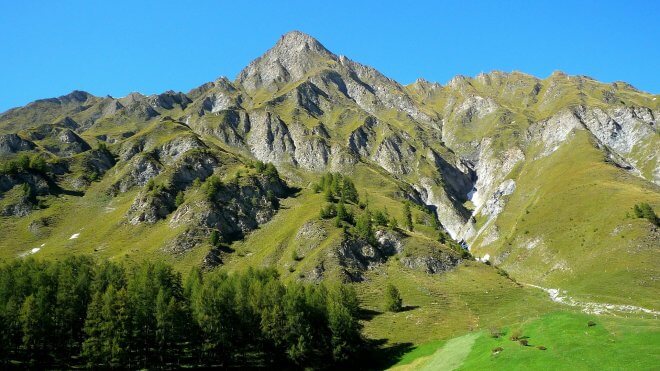
Natural wonders of Switzerland: the Aletsch Glacier, the largest glacier in the Alps, covering nearly 82 sq km in the canton of Valais; Zermatt, a car-free village located at the foot of the legendary Matterhorn; Lake Lucerne, that consists of several sharp bends and 4 arms and is surrounded by 5 stunning alpine peaks.
Switzerland is world-famous for its mountains, but can also count on a beautiful central plateau and various lakes. It ranks 16th for environment protection in the 2016 EPI and has about 650 nature reserves and 3 World Heritage natural sites.
Best time to go: Apr-Jun and Sep
For more details, have a look at our Switzerland Travel Guide.
#5 Denmark
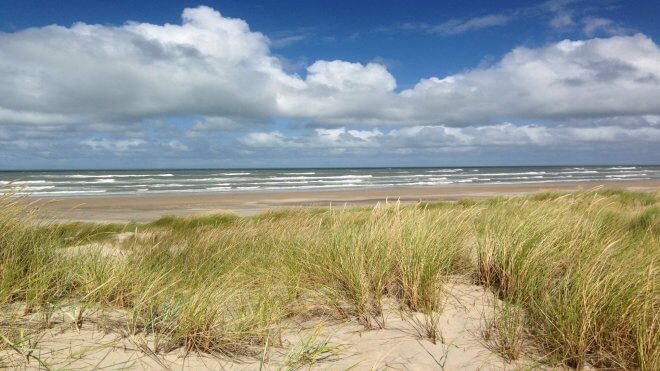
Natural wonders of Denmark: the island of Anholt, that hosts the largest desert in Northern Europe and a huge colony of seals; Rold Skov, an enchanted forest with many springs and lakes; Mols Bjerge National Park, which includes varied habitats, perfect to hike or bike across forests, meadows, and the sea coast.
Denmark is a biodiversity hotspot marked by pristine beaches, ancient forests, and a real desert. It ranks 4th for environment protection in the 2016 EPI and has over one hundred nature reserves and 3 World Heritage natural sites.
Best time to go: May-Jun and Sep-Oct
For more details, have a look at our Denmark Travel Guide.
#6 Iceland
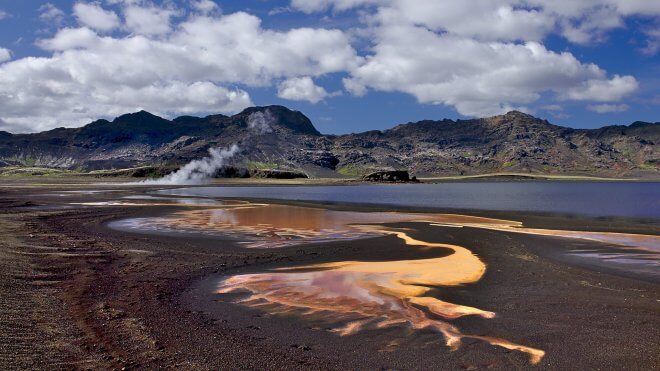
Natural wonders of Iceland: Vatnajökull, by far Europe’s largest national park, covering about 12% of the island’s surface; Landmannalaugar, located at the edge of a lava field, and renowned for its natural geothermal hot springs and its vivid scenery; Mývatn, a lake region dotted with special types of volcanic craters.
Iceland is a marvelous island, only partly covered by ice, which offers unusual and desolate landscapes. It ranks 2nd for environment protection in the 2016 EPI and has more than 30 protected areas and 1 World Heritage natural site.
Best time to go: May-Sep
For more details, have a look at our Iceland Travel Guide.
#7 New Zealand
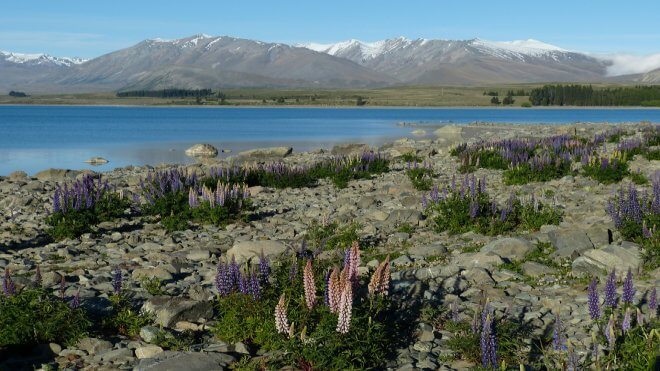
Natural wonders of New Zealand: Aoraki Mount Cook National Park, famous for its natural environment, made of high peaks, lakes and glaciers; Fiordland, that covers over 1.2 million hectares and is one of the largest national parks in the world; the Bay of Islands, a popular sailing and water sports destination.
New Zealand is a country of diverse natural beauty, that includes volcanic zones, steep fjords, and pristine lakes. It ranks 11th for environment protection in the 2016 EPI and has 10,000 protected areas and 3 World Heritage natural sites.
Best time to go: Feb-Apr and Sep-Nov
For more details, have a look at our New Zealand Travel Guide.
#8 Sweden
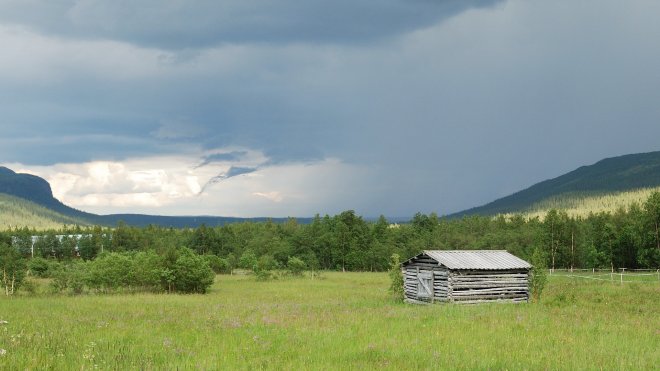
Natural wonders of Sweden: Kullaberg, a nature reserve of rich biodiversity, supporting a number of rare species; Swedish Lapland, the only remaining area of true wilderness in Europe and a magical place; Haparanda Sandskär, an island in the Bothnian Bay archipelago with a great wealth of vegetation and birdlife.
Sweden has a special relationship with nature, given that 84% of its territory is made of protected areas. It ranks 3rd for environment protection in the 2016 EPI and has nearly 4,000 nature reserves and 2 World Heritage natural sites.
Best time to go: May-Sep
For more details, have a look at our Sweden Travel Guide.
#9 Norway
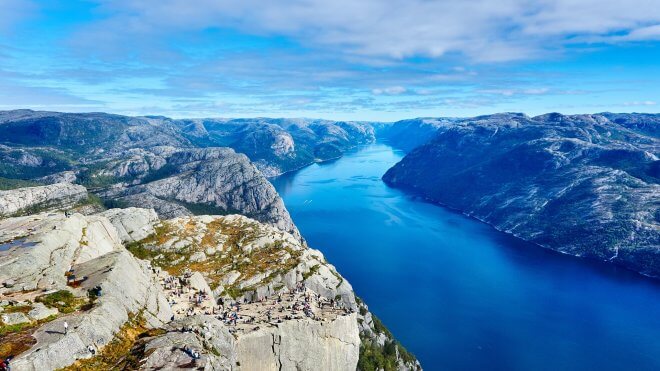
Natural wonders of Norway: the archipelago of Svalbard, which is home to 7 national parks and 23 nature reserves; Trøndelag, a region in central Norway that boasts a wonderful countryside, a rugged coastline, and many other great outdoor areas; Lofoten, a group of islands with small villages nestled in fjords.
Norway has an amazing and varied scenery, dominated by dramatic fjords and rocky wilderness. It ranks 3rd for environment protection in the 2016 EPI and has 2,000 nature reserves, 44 national parks, and 1 World Heritage natural site.
Best time to go: May-Jun and Aug-Sep
For more details, have a look at our Norway Travel Guide.
#10 Slovenia
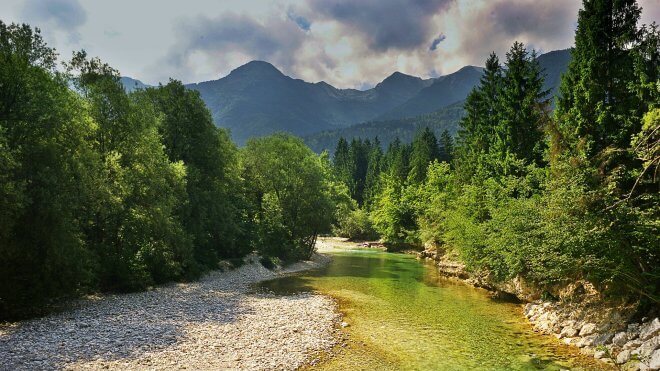
Natural wonders of Slovenia: Triglav National Park, that is popular for outdoor activities and features numerous gorges and waterfalls; Škocjan Caves, a unique cave system with exceptional stalactite and stalagmite structures; the Solčavsko Region, a European Destination of Excellence (EDEN) with 3 glacial valleys.
Slovenia is one of the countries with the greatest biodiversity in Europe. It ranks 5th for environment protection in the 2016 EPI and has 52 nature reserves, 48 large protected areas (or nature parks), and 1 World Heritage natural site.
Best time to go: Apr-Jun and Sep-Oct
For more details, have a look at our Slovenia Travel Guide.
